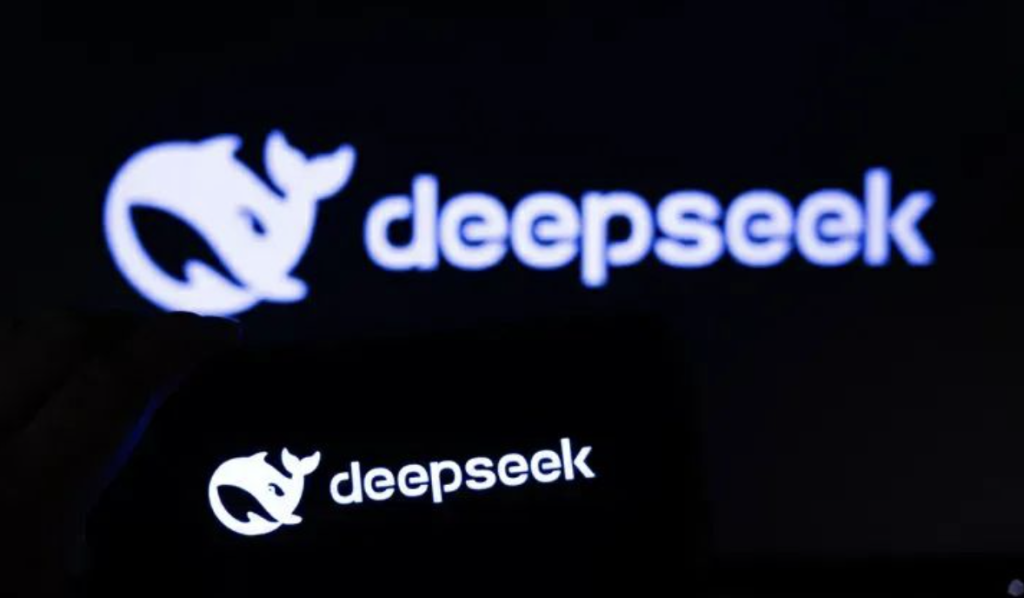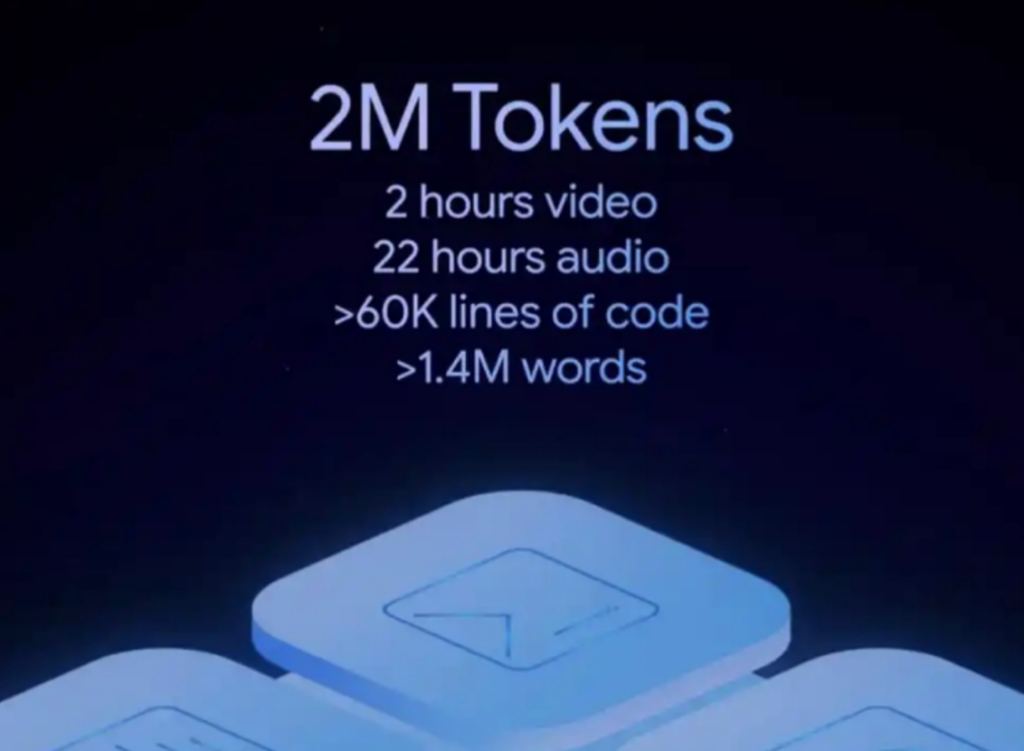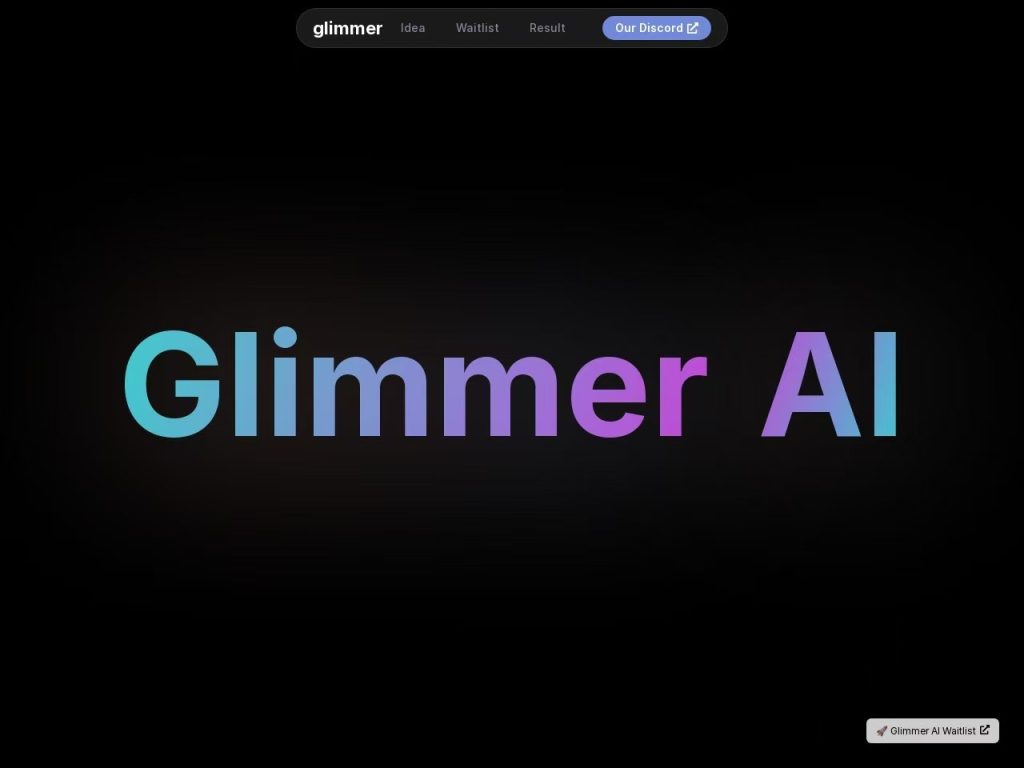Here is a formatted version of your paper summary for publication or presentation:
Title: Enhancing LLM Reasoning Capabilities Through Reinforcement Learning: The DeepSeek-R1 Innovation

Abstract:
DeepSeek has introduced a pioneering methodology in its latest paper, “DeepSeek-R1,” which significantly advances the reasoning abilities of Large Language Models (LLMs) through the use of Reinforcement Learning (RL). This breakthrough represents a substantial enhancement in LLMs’ capacity to tackle complex problems without heavily relying on supervised fine-tuning.
1. Overview of DeepSeek-R1 Technology
Model Architecture:
DeepSeek-R1 is part of a series that includes DeepSeek-R1-Zero and the more advanced DeepSeek-R1 models, highlighting a progressive approach to model training and functionality enhancement through RL.
2. Key Differences
DeepSeek-R1-Zero:
This model marks the initial phase of using pure RL without supervised fine-tuning, starting from a baseline model to enhance reasoning through continuous trial and error, achieving a 71% accuracy in AIME 2024 tests but lacking in readability and linguistic coherence.
DeepSeek-R1:
This model incorporates a multi-stage training method, beginning with supervised fine-tuning on carefully selected “cold start data,” followed by RL. This approach addresses the limitations observed in DeepSeek-R1-Zero, resulting in better performance and enhanced readability.
3. Training Process Comparison
Reinforcement Learning:
DeepSeek-R1 employs Group Relative Policy Optimization (GRPO) to focus on precision and formatted rewards, pushing the boundaries of traditional RL applications.
Distillation Techniques:
A distilled version of R1 is also available, demonstrating that even models with reduced parameter counts, ranging from 1.5 billion to 70 billion, can exhibit complex reasoning capabilities through effective use of synthetic data.
4. Performance Metrics
Benchmark Tests:
DeepSeek-R1 has outperformed in various metrics, including a 79.8% pass rate in AIME 2024 and scoring 97.3% in MATH-500, surpassing comparable models from OpenAI.
5. Limitations and Future Development
Challenges remain in handling tasks requiring specific output formats and in multi-language environments. Future developments aim to enhance capabilities in function calls, multi-turn interactions, and complex scenario simulations.
6. Deployment and Accessibility
Open Source and Licensing:
DeepSeek-R1 is released under the MIT license, promoting open-source collaboration and commercial use, significantly lowering barriers to AI development.
Model Formats:
The models support multiple formats like GGML, GGUF, GPTQ, and HF, ensuring versatile deployment options.
7. Usage
DeepSeek Platform:
Users can interact with DeepSeek-R1 via an official web platform, offering a user-friendly interface for real-time interaction and reasoning exploration.
API Access:
DeepSeek also provides an API for seamless integration, compatible with existing OpenAI frameworks, with additional incentives such as a 10 yuan bonus credit for registered users.
This formatted summary provides a clear and structured overview of your paper, making it accessible for presentations and publications while highlighting the innovative aspects and future potential of the DeepSeek-R1 models.


